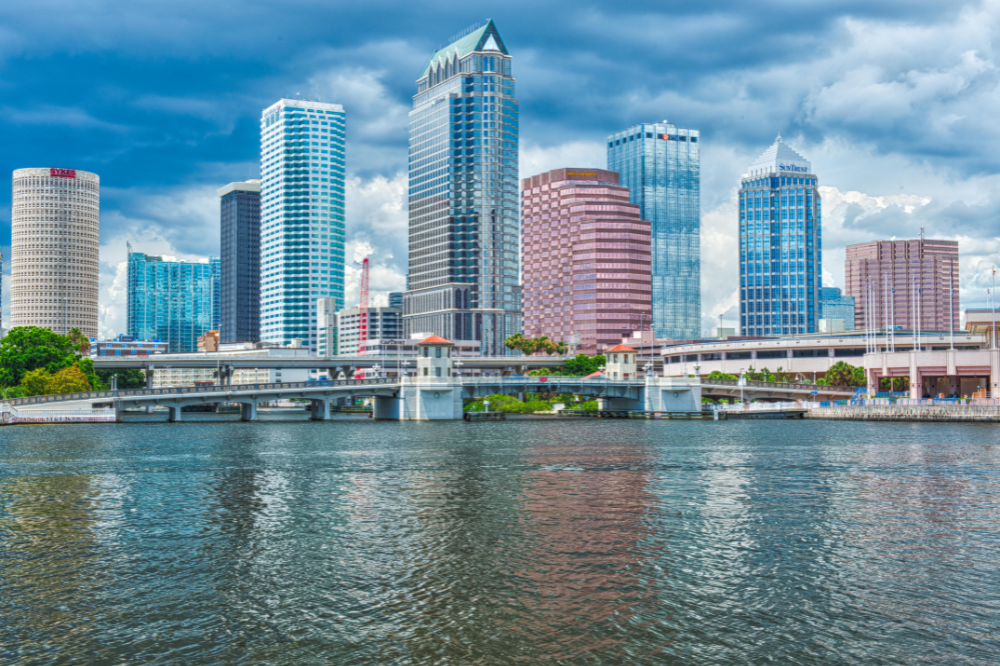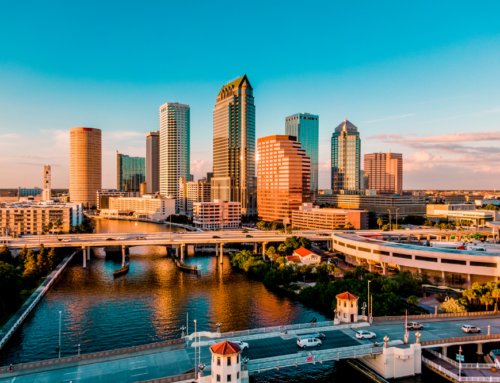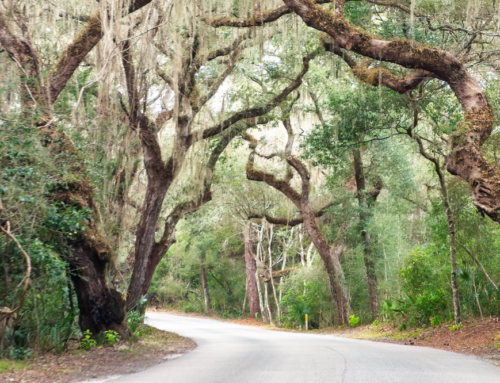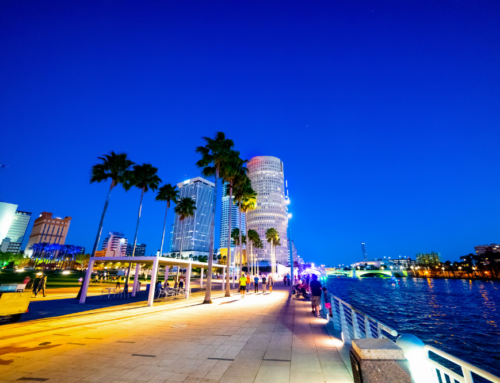The City of Tampa’s Complete History

Tampa, Florida, a city rich in history, offers a fascinating journey through time. From its indigenous roots to its position as a modern urban hub, Tampa’s story is a blend of cultures, challenges, and triumphs. This guide delves into the complete history of Tampa, providing a comprehensive look at how this city evolved over the centuries.
The City of Tampa’s Complete History
This guide covers:
- Indigenous beginnings and Spanish exploration
- The establishment and development of Fort Brooke
- The growth and transformation in the 19th and 20th centuries
- Tampa in the modern era
Let’s explore each of these historical phases in detail.
Indigenous Beginnings and Spanish Exploration
Tampa’s story begins long before European settlers arrived. The area was originally inhabited by various indigenous tribes, with the Tocobaga chiefdom being particularly notable in the region. These early inhabitants made their living primarily from the sea, utilizing the abundant resources of Tampa Bay. The first European contact occurred in 1528 with the ill-fated Narváez Expedition, seeking to establish a colony. Hernando de Soto’s expedition later interacted with the indigenous populations, but attempts at colonization were short-lived due to the lack of gold and resistance from the native tribes.
The Establishment and Development of Fort Brooke
The more permanent settlement of Tampa began with the founding of Fort Brooke in 1824, shortly after Florida became a part of the United States. This military outpost played a crucial role during the Second Seminole War, serving as a refuge and a military depot. The establishment of Fort Brooke marked the beginning of Tampa’s transformation from a small outpost to a growing town, despite challenges like poor transportation and yellow fever outbreaks.
The Growth and Transformation in the 19th and 20th Centuries
Tampa’s significant growth began in the late 19th century, driven by the development of the cigar industry in Ybor City and the establishment of railroad connections by Henry B. Plant. The influx of immigrants from Cuba, Spain, and Italy contributed to the city’s cultural diversity and economic growth. Tampa continued to expand through the 20th century, with its population and land area increasing substantially. The city saw further development in various sectors, including trade, finance, and commerce, shaping its modern identity.
Tampa in the Modern Era
Today, Tampa stands as a vibrant, modern city, reflecting a diverse and rich history. Its transformation from a small indigenous settlement to a bustling urban center is a testament to the resilience and adaptability of its people. Tampa’s cultural heritage, economic vitality, and community spirit continue to make it a unique and dynamic place to live, work, and visit.
FAQ About Tampa’s Complete History
Here are some frequently asked questions about Tampa’s complete history. If you don’t see the answers you’re looking for here, please call our office. We’re here to help.
How Did Indigenous Cultures Influence Modern Tampa?
Indigenous cultures, particularly the Tocobaga, played a significant role in Tampa’s early history. Their use of the land and sea set the foundation for the area’s development. Today, Tampa acknowledges its indigenous roots through various cultural sites and historical acknowledgments.
What Was the Significance of Fort Brooke in Tampa’s History?
Fort Brooke was pivotal in establishing a permanent American presence in the Tampa area. It served as a military outpost during the Second Seminole War, marking the beginning of Tampa’s transformation from a small settlement to a growing town.
How Did Ybor City Contribute to Tampa’s Growth?
Ybor City’s establishment as a cigar manufacturing hub in the late 19th century was crucial for Tampa’s economic growth. The influx of immigrants for the cigar industry brought cultural diversity and economic prosperity, helping shape Tampa into a major city.
What Major Challenges Did Tampa Face in Its Early Years?
In its early years, Tampa faced numerous challenges, including conflicts with the Seminole tribe, outbreaks of yellow fever, and poor transportation links. These issues slowed initial growth but also contributed to the resilience and character of the city.
How Has Tampa Evolved in the Modern Era?
In the modern era, Tampa has evolved into a diverse and dynamic urban center. It’s known for its rich cultural heritage, economic vitality, and community spirit, reflecting a history of overcoming challenges and embracing growth.
Are You Buying or Selling a Home in Tampa Bay?
You can use this website to search homes for sale in Tampa Bay and all its communities. Our site is directly connected to the Tampa Bay MLS, and we update our listings every hour. You can even use our site to create your own account and get emails as soon as a new home hits the market, price change alerts and so much more.
While you’re here, check out these listings:
Join our team
Please fill out the below form completely and include your resume & cover letter and we will get back to you quickly!













